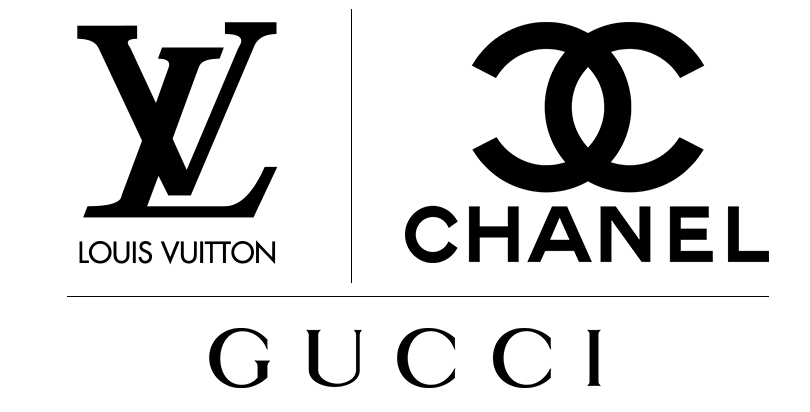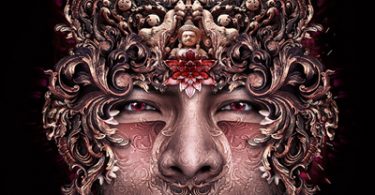If I were to name one industry where brand image makes a huge difference, it would have to be the fashion industry. People associate quality logos with brands, they take pride in having a famous monogram on their apparel, they identify their social circle with the kinds of clothes worn, bags carried, accessories used, etc., all of which carry that unique symbol of a famous brand.
And yet, many fashion designers and houses starting off fail to impress an audience, all because their graphic image is not up to the mark (their fashion line may be outstanding). Needless to say, designing a fashion insignia that impresses customers and helps them identify with a certain class is very important. Some designers have managed to create quite impressive logos that have helped establish their names as professional designers.
When designing the image there are some mistakes that logo designers must avoid at all costs which will be made simple by following the rules below.
1. Use Vector Graphics
Style-based graphical images are used across a variety of mediums and on many different products. For instance, you can find the insignia of a well-known fashion brand on bags, perfume bottles, wallets, even the linings of bags, shoes, accessories, or even tags attached to products. They are also there on the website or on any print material, including advertisements related to that brand. Needless to say, your symbol for a fashion company must be designed using high quality vector graphics so that it does not lose its quality when scaled up or down for all these various purposes. And in the fashion industry, high image quality projects a brand name which values excellence in designing all its products.
2. Adopt An Abstract And/Or Generic Symbol
A mundane design for a fashion name’s logo is just too ordinary. If you simply opt for animage without any unique element to it, it will get washed away in the sea of fashion logos we see around us. Add something unique to a fashion monogram to make it stand out from the competition and to characterize something customers will never forget.
For instance, the Calvin Klein logo may be a simple initial-based logo, but the creative difference in the size of the ‘C’ and ‘K’ makes it quite a remarkable one.
3. Use On Multiple Products And Mediums
As already mentioned, chic brand monograms find their way across multiple products. Not only that, they are also used very discreetly on various products to differentiate them from other brands and companies. A great example is Louis Vuitton, where the logo is used to add fine details to fashion accessories, including belt buckles and even latches of bags and suitcases. Such clever use of the fashion brand’s insignia ensures that the product cannot be easily replicated.
4. Don’t Clutter-Keep It Clean
Less is more when it comes to designs in the high end style industry, and that’s why having a graphic that’s too cluttered is not the best approach for designing the emblem of your line of products. A simple design adds a touch of class, encouraging people to identify with a brand that values a classic appeal rather than a cluttered look and feel. Top names in fashion such as Gucci, Fendi and Chanel have simple logos that give an aura of luxury and quality.
5. Research Famous Brands
Before creating a design for your own client, it’s always a great idea to check out the brand identities of other well-known established brands for some inspiration. While copying or imitating their design is a big no-no, you must see the kind of color themes followed by famous logos, design inspirations, general feel and appeal of the logo, etc. Thus, a Louis Vuitton insignia suggests that an archaic look may work wonders for symbols associated with classy, durable bags; or the Versace sign suggests that including a historic or iconic image with a fashion logo is a great idea.
6. Avoid Excessive Use Of Colors
As much as the fashion industry is all about colors, an entire color palette should not find its way to your creation. Chic means keeping it simple and stylish.Keeping the color shades to the bare minimum helps add a touch of sophistication and class to the overall brand persona. A good idea is to stick with shades of basic black, white, grey or blue, with a contrasting but strong hue such as yellow or maroon. Even United Colors of Benetton keeps the color theme to a single shade of green despite the symbolic representation of many colors that the brand name holds.
7. Test Different Font Styles
As a general rule, it is a good idea to test different font styles. Some may look good, while other text styles will look even better. You must try a few font styles for your brand before finalizing one to see which suits the overall image the most. The fonts used in the textual rendering of Dolce & Gabbana and Versace may look similar, but the subtle differences are individually suited to the two well-known brand names.
It’s important to keep these common mistakes made by logo designers in your mind when working on fashion logos. Paying heed to the advice will help you create a perfect logo that will make your fashion line stand out in the market.
Subscribe to our Newsletter!


